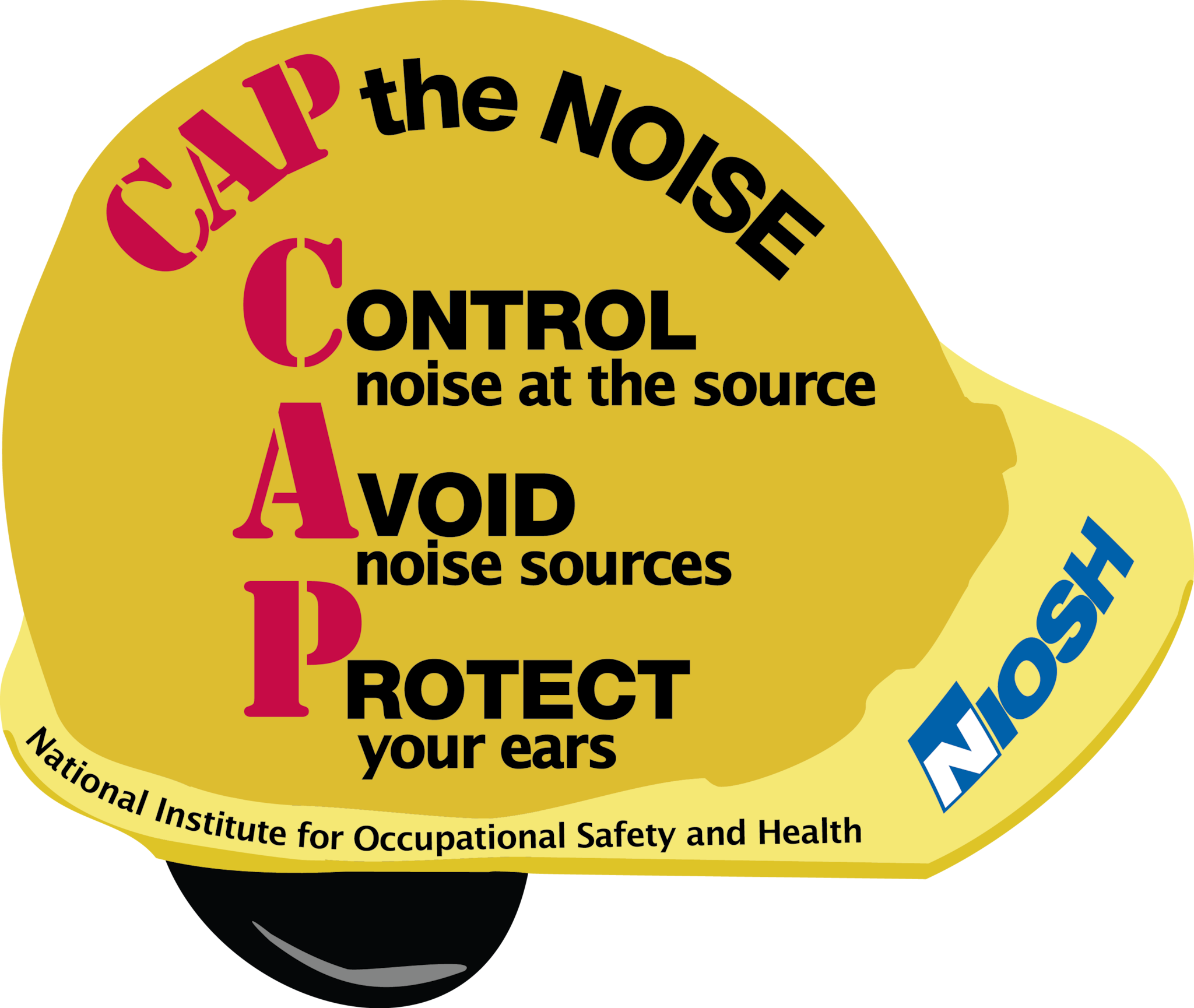Key points
- Hazardous noise is the primary cause of hearing problems and hearing loss for mine workers.
- Noise-induced hearing loss is permanent and causes negative health outcomes for people who work in mines.
- NIOSH Mining is working to address hazardous noise in the surface and underground areas of the mining industry.

Hazardous health outcomes
One out of every four mine workers has a hearing problem. Even worse, four out of five mine workers have a hearing impairment when they reach mid-60s retirement age. Hazardous noise is the primary cause. 76% of mine workers are exposed to hazardous noise, the highest prevalence of all major industries.
Noise-induced hearing loss:
- Is a permanent affliction that interferes with a mine worker’s ability to communicate with family, friends, and coworkers.
- Creates a safety hazard when mine workers are unable to hear moving machinery and warnings.
- May cause mine workers to experience tinnitus, a ringing or buzzing sound that persists in the absence of any real sound. Tinnitus can be intensely stressful and annoying.
Interventions
Noise-induced hearing loss is being addressed in the surface and underground areas of the mining industry. Initially, noise control efforts concentrated on underground coal mine noise and produced solutions for:
- Continuous mining machines.
- Roof bolting machines.
- Vibrating screens used in preparation plants.
NIOSH Mining is now working to address mobile equipment in:
- Underground metal and nonmetal mines.
- Surface stone, sand, and gravel mines.
- Underground coal mines.
The ultimate strategic goal of this research program is to reduce Noise-induced hearing loss in the mining industry by:
- Developing durable and practical noise controls for mining equipment.
- Attaining widespread industry implementation of noise controls.
- Evaluating the short-term and long-term effectiveness of noise controls by acquiring surveillance data.
Next steps
The program is evaluating ways to use noise controls to address noise hazards for other metal and nonmetal machines. NIOSH Mining researchers are also developing an enhanced modeling capability to:
- Develop noise controls more efficiently.
- Conduct evaluations in the simulated acoustic environment of a computer-modeled mine.
Work will continue to evaluate noise exposure and hearing conservation practices in stone, sand, and gravel mines.
